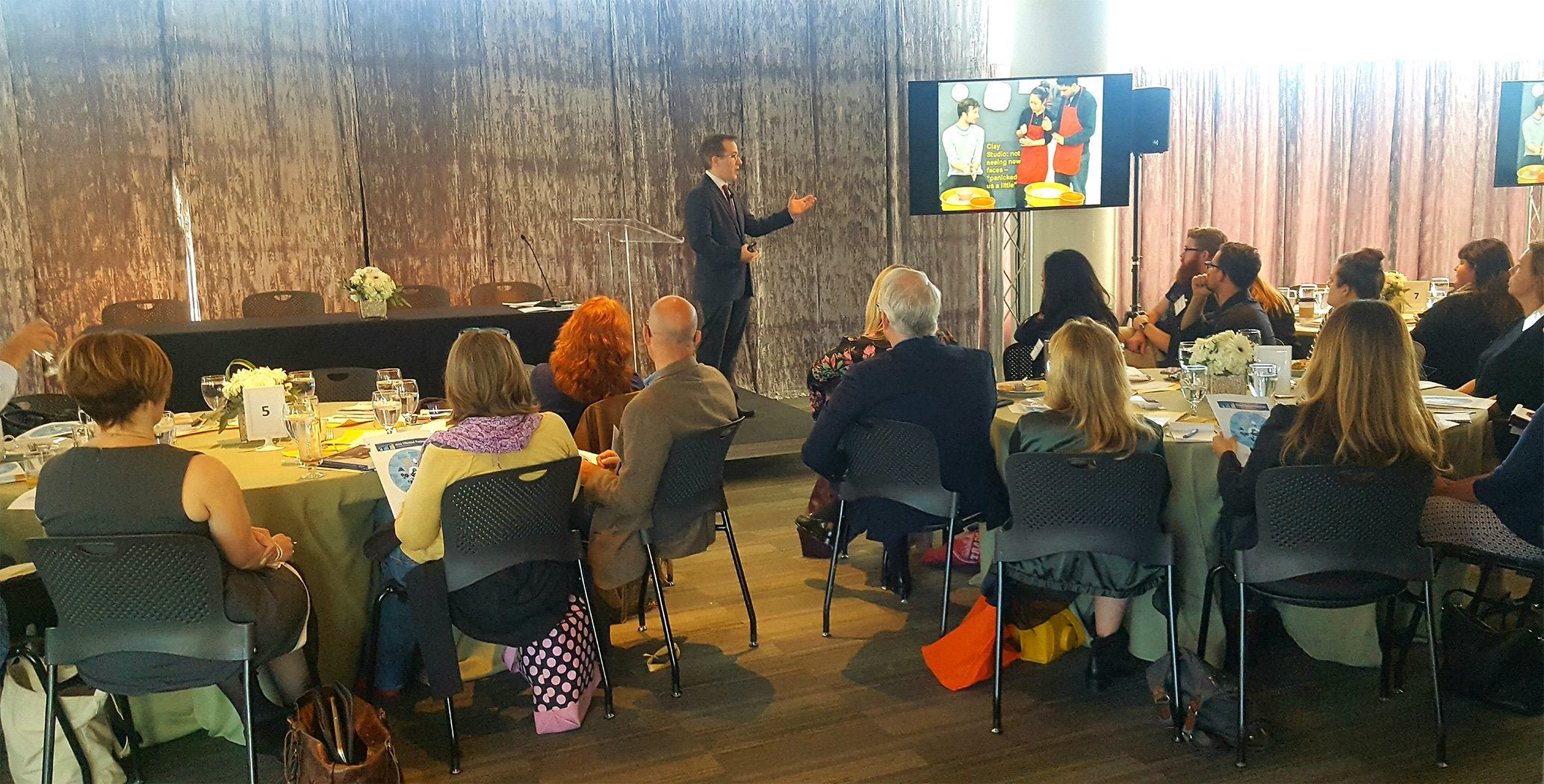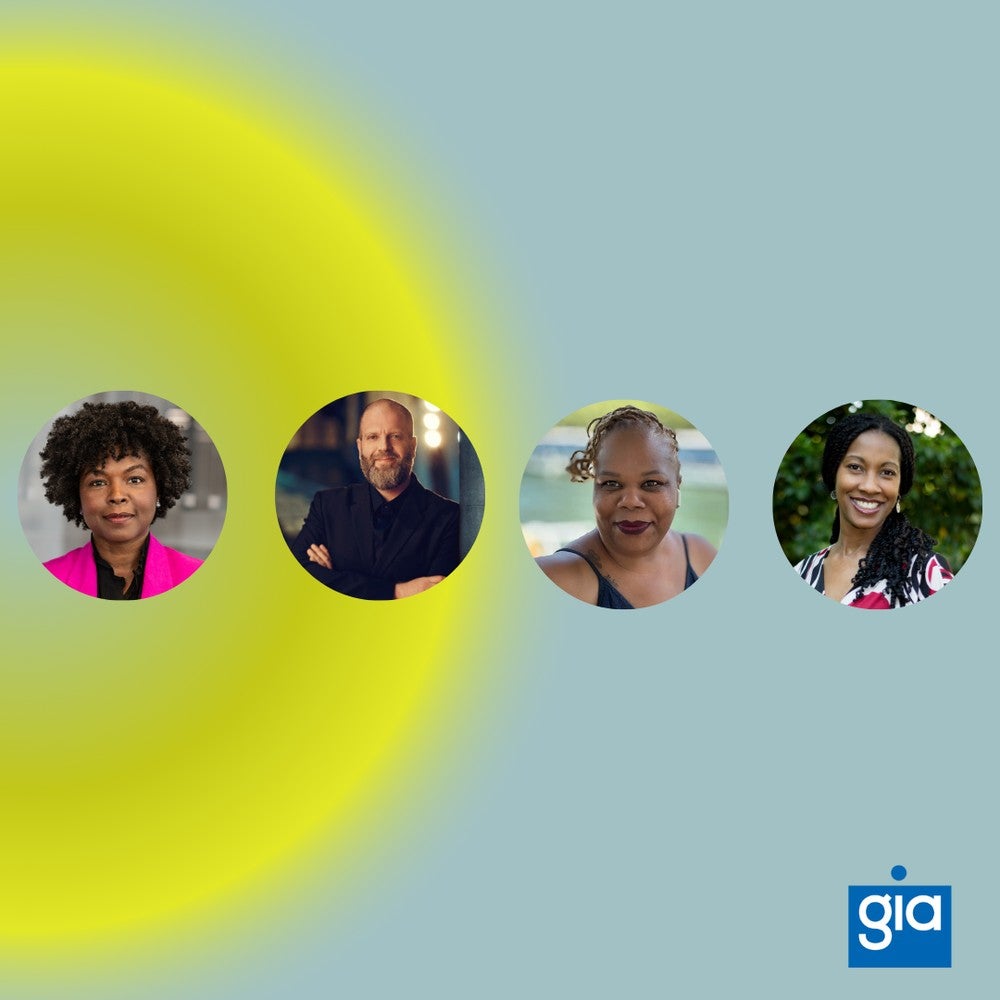Arts audiences are declining, but arts organizations are proliferating. You don’t have to be an economist to see a system in distress. Arts communities convened in two Texas cities—Austin and Dallas—to address this central mismatch.
Sponsored by The Wallace Foundation, “Road on the Road: Texas” offered local arts leaders an opportunity to learn about and discuss nine audience-building practices, analyzed and illuminated in Bob Harlow’s The Road to Results: Effective Practices for Building Arts Audiences. Harlow, an expert in market research, studied 10 Wallace-supported arts organizations that had achieved striking results in audience-building efforts, and this volume, commissioned by the foundation, was a look across what they did to get those results.*
“It doesn’t have to be an unsolved problem,” moderator Daniel Windham, Wallace’s director of arts, said of the difficulty that audience-building presents. “It’s not about money or size or even time. It’s about commitment.” He wondered aloud whether arts leaders were willing to make the tough programming and structural changes necessary to attract and retain desired audiences over the long haul.
Keynoter Harlow brought great enthusiasm and data-laced storytelling to his gentle admonition that hunches about audiences will take arts organizations down the wrong path. His message? You might think you know enough about audiences not coming or returning, but you’d be wrong and you’d make costly mistakes as a result. Instead, he advised organizations to develop a strategy, determine what motivates them, and make audience building, including audience research, a part of everything they do.
Engaging audiences starts with defining your "mission-critical" problem, Harlow said. He described this as the understanding that change is needed, creating a sense of urgency in the organization.
In Dallas, Neil Barkley, director and CEO of the Contemporary Arts Center New Orleans, asked the audience, “When you think of New Orleans, what comes to mind?” Out came shouts of: jazz, Mardi Gras, Katrina. He nodded and said, “Our mission-critical problem was, people coming through the door didn’t reflect the community we lived in.”
Austin's Prakash Mohandas, founder of Agni Dance, said the organization’s audience was “anyone interested in learning about dance inspired by Bollywood, or dancing or fitness with a Bollywood flavor to it.” He defined Agni Dance's mission-critical problem as enabling a community to come together, with a special interest in attracting more children, more diversity and, for survival, just more people.
Cookie Ruiz, executive director of Ballet Austin, said that her company wants to build a following among people unfamiliar with the organization or the work it presents. She noted that people won’t get excited by what they don’t understand, so Ballet Austin needs to find ways to “make ourselves easy to get to know.” She added, “This process naturally takes years. Engagement is more than one-time attendance, but the good news is that it can be done.”
You can see some of the early results of Ballet Austin’s audience-building efforts here.
Harlow wrapped up his Austin and Dallas presentations by summarizing two essentials of the nine practices:
- Successful initiatives made building relationships a sustained priority, so get to know your audiences and help them know you; and
- Keep audience-building issues on the front burner, at the forefront of what you do.
*The organizations had all been participants in the foundation’s Wallace Excellence Awards initiative, which ended in 2014 after having provided audience-building grants of up to $750,000 to 54 arts organizations in six cities. Across the 46 WEA recipients that provided reliable data, the results were promising. Over a period that averaged three years, the organizations seeking an increase in the size of their overall audience saw median gains of 27 percent, while those targeting growth of a specific segment, such as teens or families, saw median gains of 60 percent.




